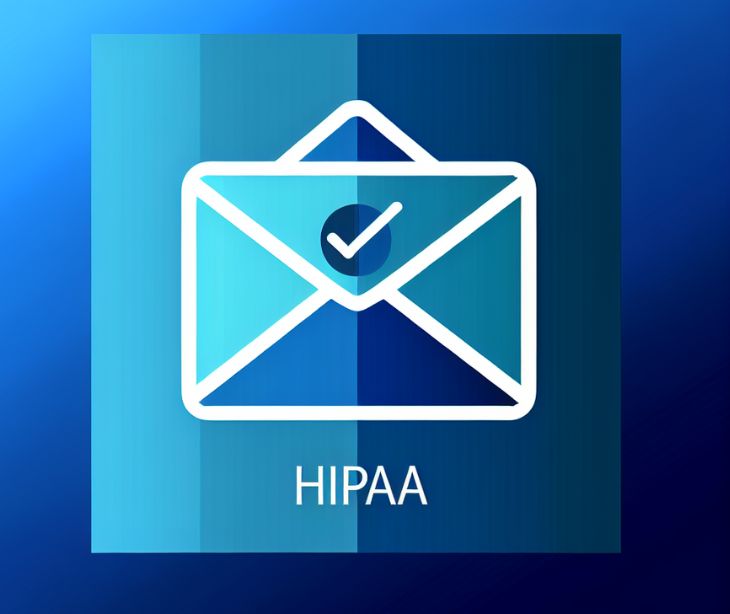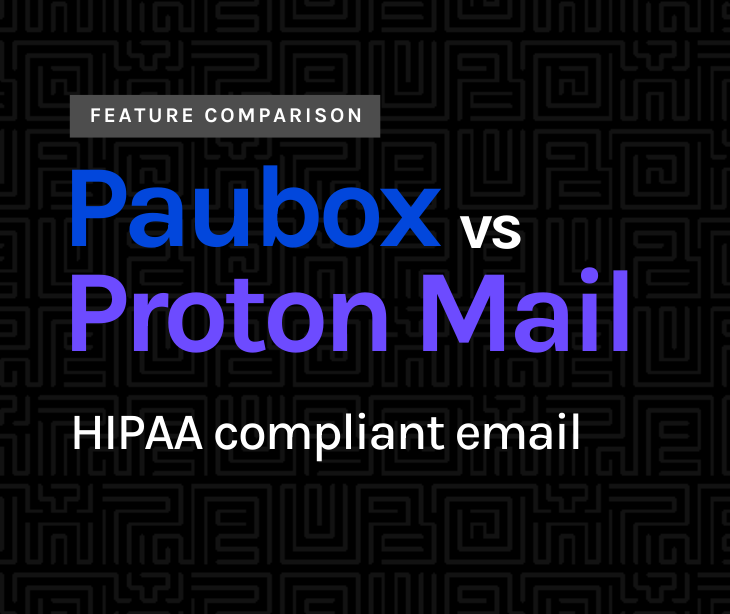
Providers must understand the strengths of HIPAA compliant emails and text messaging and consider patient preferences to effectively use these platforms while maintaining patient privacy.
Convenience
HIPAA compliant texting and emailing offer convenience for both patients and healthcare providers. They provide an efficient means of communication that does not always require synchronous interaction. Providers can send messages at their convenience, and patients can respond when time allows, reducing the need for phone tags or scheduling unnecessary appointments.
HIPAA compliant emailing
HIPAA compliant emails are suitable for communications that require detailed information or documentation. They provide a platform for sending medical records, discharge instructions, or educational materials to patients. Emails also allow for more formal communication, making them suitable for discussing treatment plans, follow-up appointments, or addressing non-urgent concerns.
A study assessing the attitudes and perspectives of email between patient and provider states “Email between patients and their health care providers can serve as a continuous and collaborative forum to improve access to care, enhance convenience of communication, reduce administrative costs and missed appointments, and improve satisfaction with the patient-provider relationship.”
Unlike text messages, emails are typically not as time-sensitive, allowing patients and providers to compose thoughtful responses. However, healthcare providers must ensure the security of patient information by using encrypted email services, like Paubox.
HIPAA compliant text messaging
Texting is best suited for brief, non-urgent communications that require a quick response. It can be used for appointment reminders, prescription refill requests, or inquiries about test results. Text messages are often read promptly, making them an effective way to convey time-sensitive information or reminders.
A study on patient preferences and access to text messaging for health care reminders found that “Text messaging is an accessible, acceptable, and patient-preferred modality for receiving health care reminders.”
However, texting may not be appropriate for conveying complex medical instructions. Moreover, healthcare providers must ensure compliance with HIPAA regulations by using secure messaging platforms, like Paubox, that encrypt patients’ protected health information (PHI).
Considerations for patient preferences
Providers must consider patient preferences when deciding whether to text or email a patient. Some patients may prefer the convenience of texting for quick questions or reminders, while others may prefer the formality of email for discussing more detailed medical information.
A study on eHealth patient-provider communication (PPC) in the United States found that “Patients’ interest in and display of online PPC-related behaviors vary by age, race/ethnicity, education, income, Internet access/behaviors, and information type.”
The study further elaborated that “Internet users, college graduates, and those with frequent provider visits had a higher likelihood of online PPC via email… while Hispanics and those from higher-income households were 2–3 times more likely to communicate via text messaging…”
So, providers must establish communication preferences with each patient during their initial encounters and respect their choices regarding preferred communication modalities. Additionally, providers should be flexible and open to accommodating changes in communication preferences over time as patients' needs evolve.
Guidelines
Providers should establish clear guidelines for when it is appropriate to use texting or email to communicate with patients. These guidelines should consider the urgency of the communication, the nature of the information being conveyed, and any legal or regulatory requirements governing patient-provider communication.
The first study also explains that providers should “follow best practices and appropriate guidelines”, to “enhance patient-provider communication in their clinical work, ultimately leading to improved health outcomes and satisfaction with care among their patients.”
FAQs
Can patients choose their preferred communication method with healthcare providers?
Yes, patients should have the opportunity to express their preferences regarding communication modalities. Providers can ask patients if they prefer emails or texts for appointment reminders, test results, or general inquiries during their first encounter.
Are there any legal regulations governing patient-provider communication?
Yes, HIPAA regulations mandate safeguarding patients’ protected health information (PHI) when discussing any sensitive data. Failure to comply with HIPAA regulations can result in severe penalties and legal consequences.
Go deeper: What are the penalties for HIPAA violations?
How can providers ensure HIPAA compliance when communicating with patients?
Providers should use secure platforms, like Paubox, that encrypt patients’ protected health information (PHI) both in transit and at rest.
Subscribe to Paubox Weekly
Every Friday we'll bring you the most important news from Paubox. Our aim is to make you smarter, faster.




